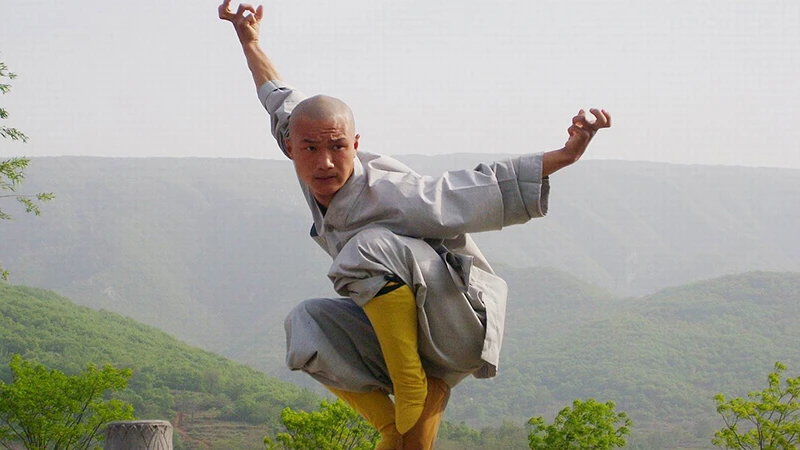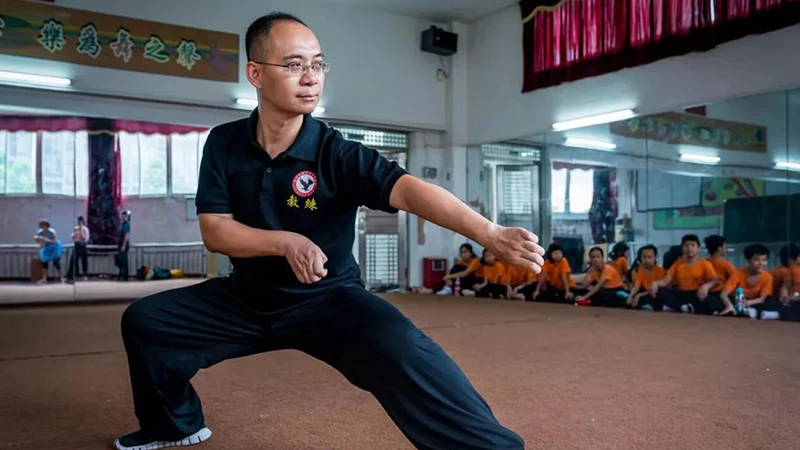The Legacy of Eagle Claw (鹰爪拳): A Tale of Resilience
When one thinks of martial arts, the image that often springs to mind is one of grandiose moves, flashy techniques, and fierce competition. Among these styles, Eagle Claw Kung Fu stands out—not just for its intricate maneuvers, but also for the misconceptions that surround it. Many regard Eagle Claw as merely a set of hand movements designed to imitate an eagle's grasp, but this superficial view belies a deeper philosophy and profound history rooted in its practice. At the heart of this tradition is a remarkable figure: Chen Zizheng (陈子正), a martial artist whose life embodies the spirit of resilience, patriotism, and the true essence of Chinese martial arts.
Chen Zizheng, known as the "Eagle Claw King," was born in 1878 in Hebei, China. From an early age, he trained diligently under his uncle, mastering not only Eagle Claw but also Xing Yi Quan (形意拳). His dedication and skill eventually led him to develop the "Eagle Claw Fanzi Quan (鹰爪翻子拳)," a sophisticated system that integrates the principles of both Eagle Claw and the grappling techniques of traditional Chinese martial arts.

The true power of Eagle Claw lies not in the aesthetic of the techniques, but in the wisdom that governs its application. This martial art emphasizes the mental aspect of combat—how to effectively use one’s skills against an opponent, how to adapt techniques based on the situation, and how to inflict pain when necessary. As the saying goes, in martial arts, the mind is often more powerful than the hands.
Some skeptics might argue that against the sheer physicality of Western bodybuilders, such finesse could prove futile. However, it is precisely this belief that drove practitioners like Chen Zizheng to find superiority in strategy and intellect. The art of Eagle Claw revolves around capturing and controlling an opponent, demonstrating that martial arts is as much about mental prowess as it is about physical strength.
A National Hero Arises
The year 1900 marked a tumultuous period in Chinese history with the onset of the Boxer Rebellion (义和团运动) and the invasion of the Eight-Nation Alliance. Amidst chaos and conflict, the Qing (清) Dynasty struggled to maintain order, leading to rampant corruption and oppression by soldiers who turned on the very people they were supposed to protect.
In Baoding (保定), the local populace faced severe threats from these soldiers, who acted no better than the foreign invaders. Witnessing the suffering of his community, Chen Zizheng took it upon himself to protect the villagers. Forming a militia with other esteemed locals, he bravely stood against the Qing forces. In a fierce battle, Chen and his companions resorted to guerrilla tactics, using their knowledge of the terrain to defend their home.
Despite being outnumbered, their bravery prevailed. Chen Zizheng fought valiantly, successfully repelling the soldiers and ensuring the safety of countless families. His actions not only exemplified martial prowess but also showcased an unwavering commitment to his people—a hallmark of true heroism.
The passion for justice that fueled Chen Zizheng's fight against oppression soon led him to Shanghai, where he aimed to revive the Jingwu Association (精武会), a martial arts organization that celebrated Chinese martial culture. Upon his arrival, he quickly rose to the position of vice president, advocating for a collective identity rooted in martial arts as a means of resisting foreign dominance and instilling national pride.
As a symbol of strength and resilience, Chen Zizheng was pivotal in promoting Chinese martial arts throughout Southeast Asia. His efforts transcended mere physical training; they were about restoring dignity and cultural confidence to the Chinese people, many of whom were disillusioned by the pervasive "sick man of Asia" narrative propagated by foreign powers.
Facing Challenges Head-On
In 1910, during his promotional tour in Singapore, Chen Zizheng encountered an American strongman who challenged Chinese martial arts. Accepting the challenge with unwavering resolve, he faced the hulking figure in a public duel. The outcome showcased not only his martial skill but also his mastery of technique. With a swift move, he disabled the opponent, proving the efficacy of Eagle Claw Kung Fu against brute strength.
This victory was a turning point, marking Chen Zizheng as a national hero and establishing the reputation of Chinese martial arts on the global stage. His subsequent encounters, including a notable match against a German strongman in 1921, further solidified his legacy, elevating him to a status comparable to that of legends like Yip Man (叶问) and Huo Yuanjia (霍元甲).
A Lasting Influence
Chen's influence reached far beyond his immediate circle of students. His efforts to spread Eagle Claw and other martial arts styles fostered a cultural renaissance, inspiring countless individuals to engage with their heritage. By emphasizing the philosophical underpinnings of martial arts, Chen helped to elevate the discipline in the eyes of society, transforming it from a mere physical practice to a profound art form.
Chen’s legacy is further illustrated by his adaptability and resilience in the face of adversity. Despite facing challenges and criticism, he remained steadfast in his commitment to uplift Chinese martial arts on the global stage. His participation in various tournaments and demonstrations, particularly against foreign opponents, showcased not only his skill but also the spirit of an entire nation seeking to reclaim its dignity.



